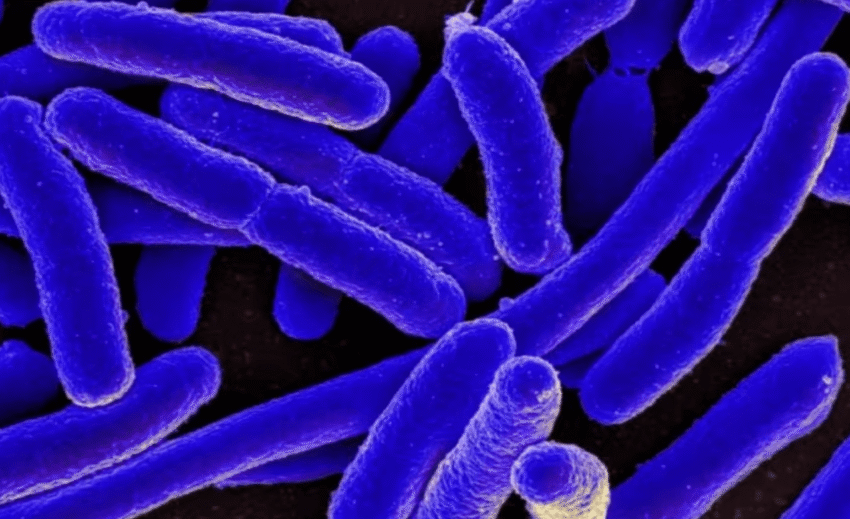ARS TECHNICA – Since 2017, a particularly dangerous strain of E. coli O157:H7 has emerged across the country to spark outbreaks, severe disease, and deaths.
It spreads in various ways: via leafy greens and contaminated beef, like its relatives, but also recreational waters.
Hundreds of people across 46 states have been infected, and health officials have documented at least nine separate outbreaks.
One in 2018, linked to lettuce, caused over 200 infections across 37 states, killing five people and causing a severe kidney condition in 26.
Now, a sweeping genetic analysis by researchers at the Centers for Disease Control and Prevention suggests a tiny mutation in one of the bacteria’s molecular weapons may be behind the strain’s rise.
…article continued below
– Advertisement –
The finding, published recently in the journal Emerging Infectious Diseases, provides insights into this clinically significant plague and its rise to prominence. It also highlights the role of the bacteria’s sophisticated military tactics.
The mutated weapon is part of a complex system that E. coli and other harmful bacteria sometimes use called a Type 3 Secretion System (T3SS).
This involves molecular machinery that basically functions like a syringe, complete with a long needle that is poked into the cells of its victims. The T3SS then directly injects a fleet of hostile proteins.
Those proteins—called effectors—attack specific targets that collectively disable the host’s defense responses and make the host more hospitable for its bacterial conqueror.
The mutation the CDC researchers found was in one of these T3SS effectors, a protein called EspW.
…article continued below
– Advertisement –
Previous research suggests that this effector is responsible for buttressing a host cell’s structure during an invasion, keeping the cell from contracting while enabling the bacteria to become attached to it.
A related protein in the plant pathogen Pseudomonas syringae, called HopW1, also disrupts normal cellular structure and processes that would otherwise restrict the ability of P. syringae to cause an infection …
